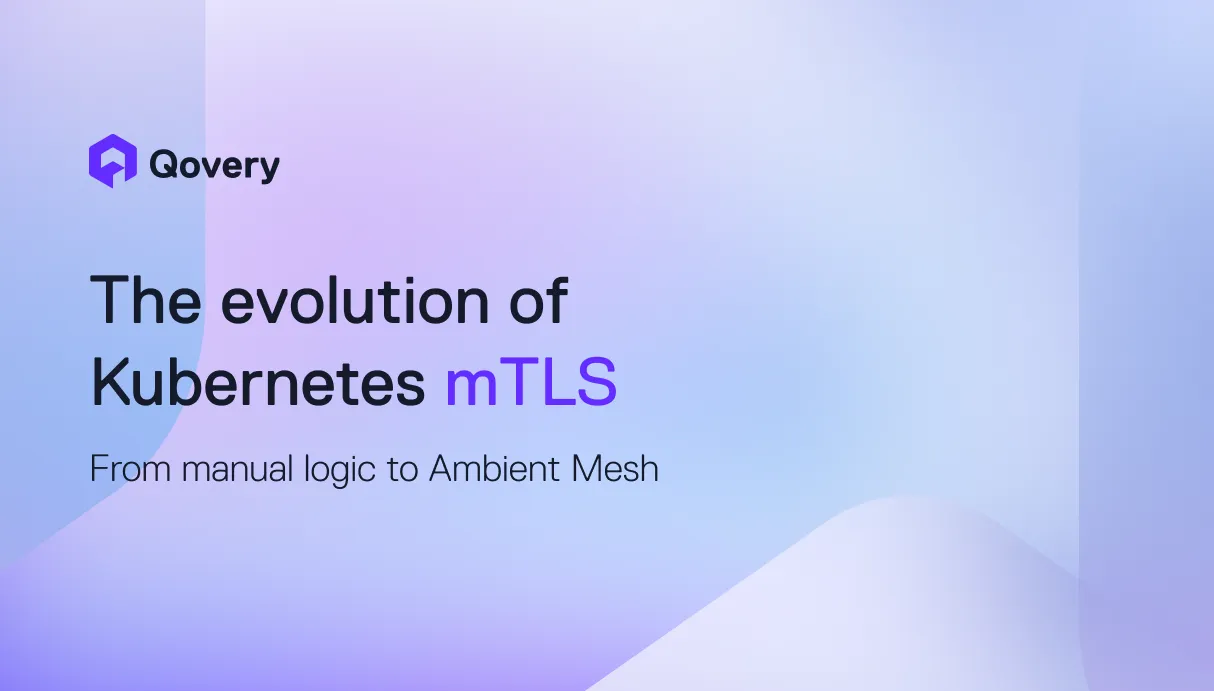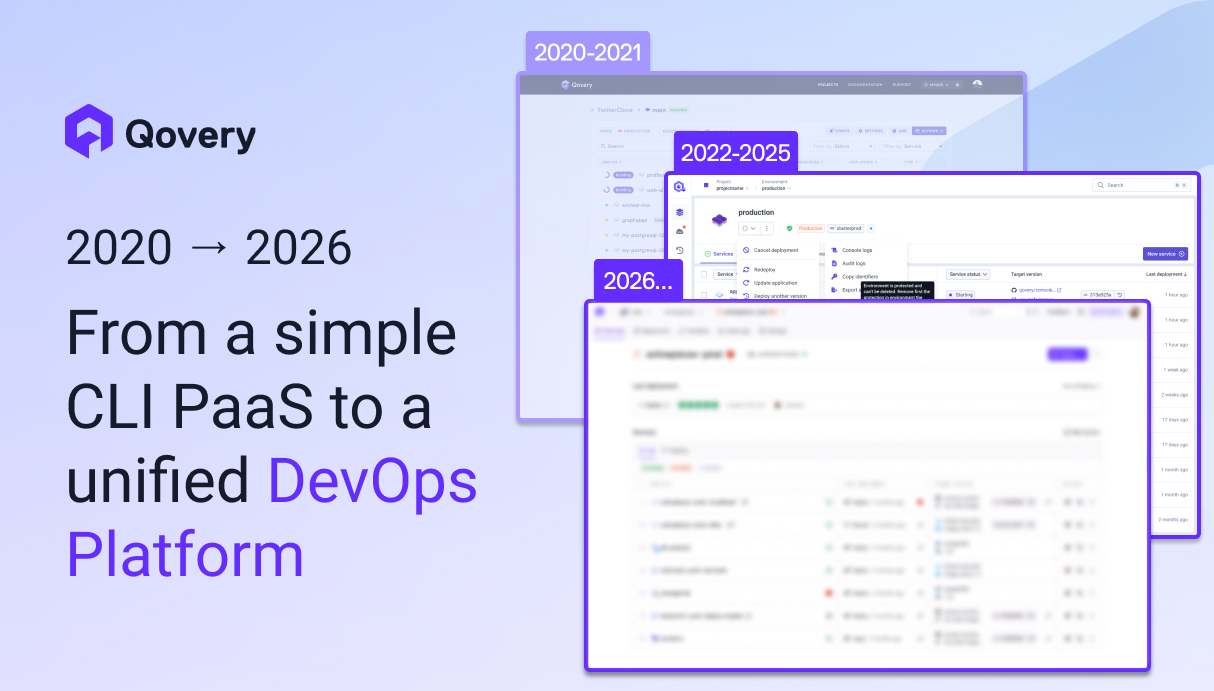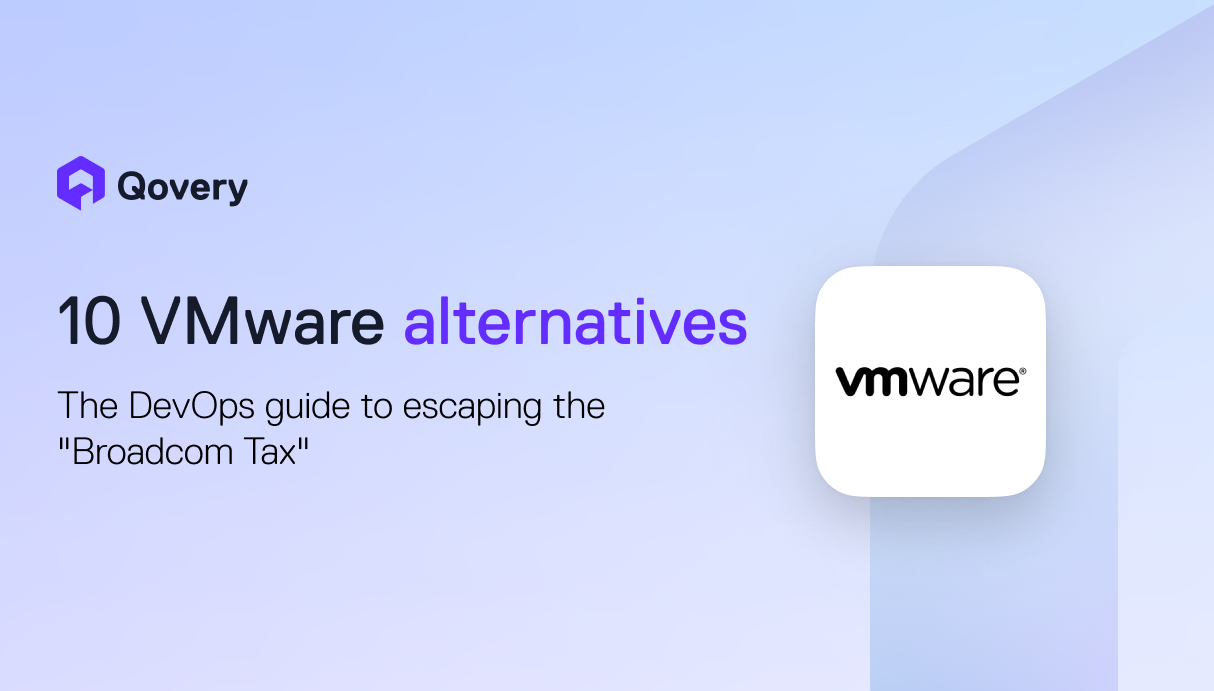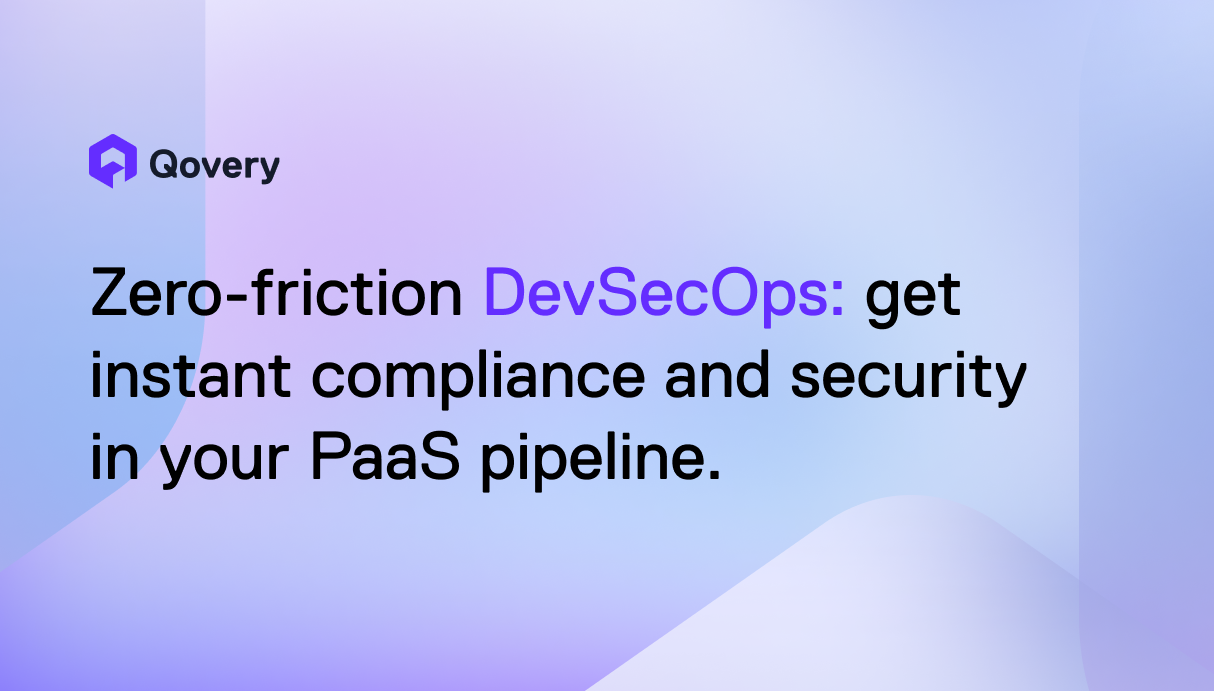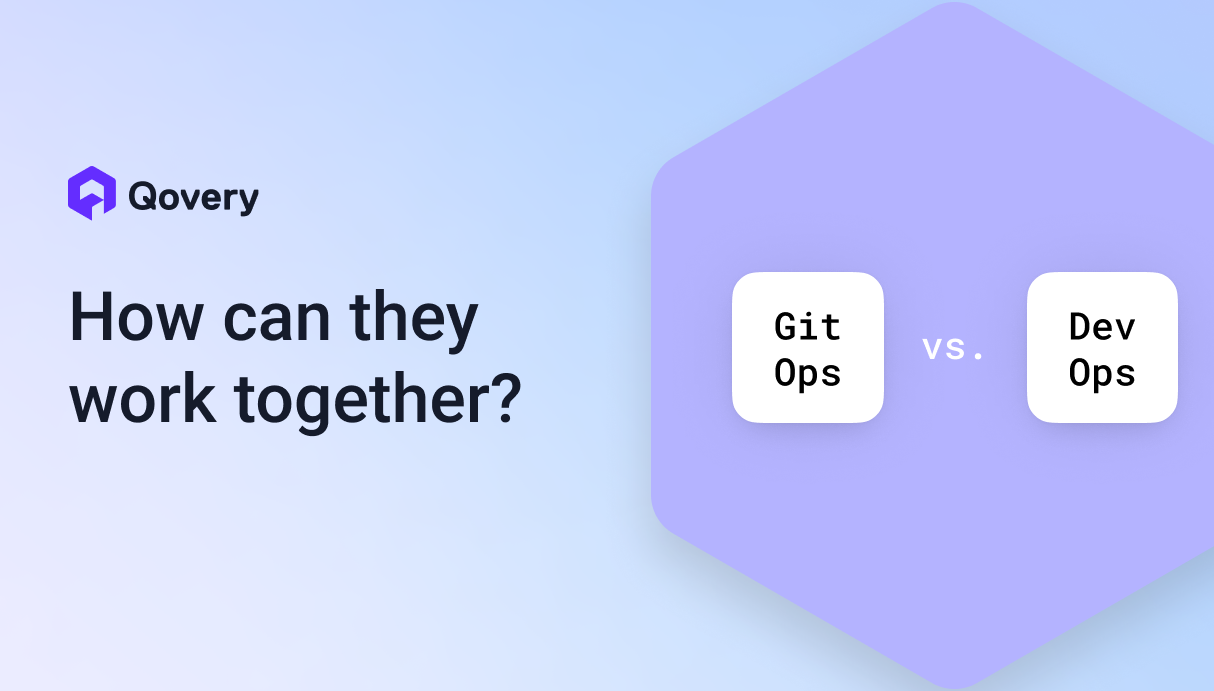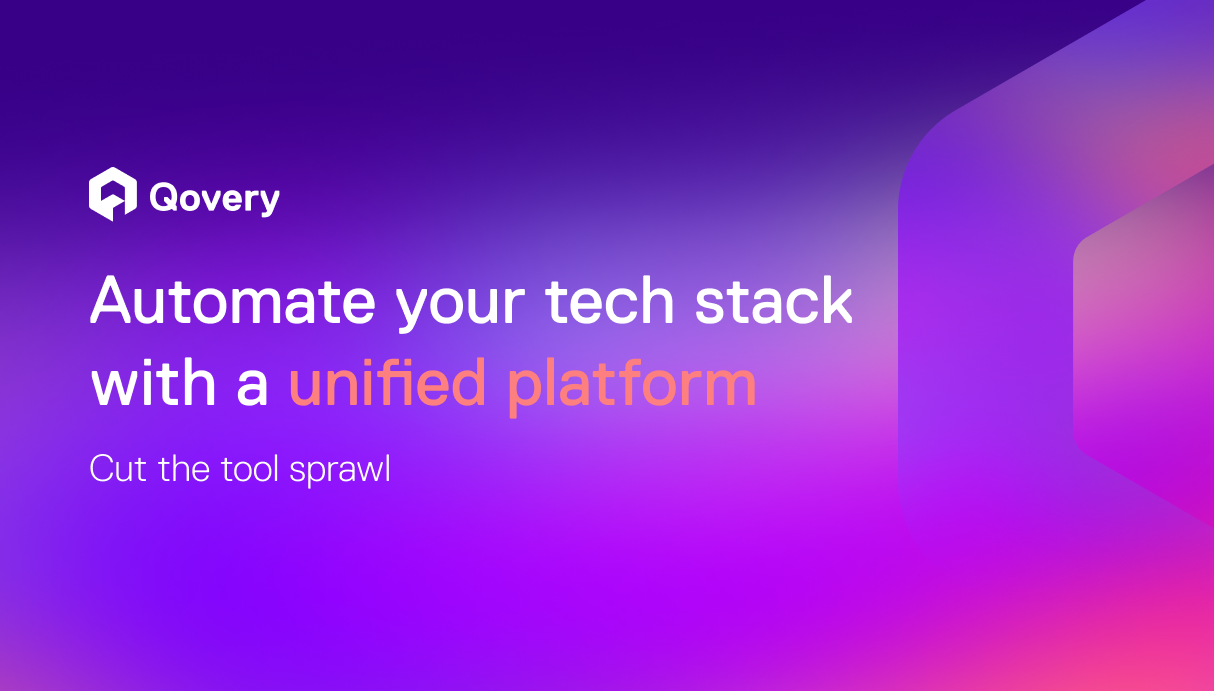
3 Myths About Backstage



Myth 1: Backstage Automatically Enhances Developer Self-Service Experience
Explanation of Myth: There's a widespread belief that implementing Backstage is a silver bullet for improving the developer self-service experience.
Debunking the Myth:
- Backstage serves as a framework, but the onus of defining 'Self-Service' and optimizing it for specific needs lies with the platform engineering team.
- A successful self-service experience requires a thoughtful understanding of the developers' needs, careful customization of Backstage, and a commitment to continuous iteration and feedback.
Myth 2: Backstage is a Ready-to-Use Solution Out of the Box
Explanation of Myth: Many assume that Backstage can be deployed and used effectively without significant customization.
Debunking the Myth:
- Backstage is not a one-size-fits-all solution. It requires initial setup, configuration, and ongoing adjustments to align with an organization's specific processes and workflows.
- The platform's true potential is unlocked through customization, making it a tool that adapts to an organization rather than the other way around.
Myth 3: Backstage Replaces Existing DevOps Tools
Explanation of Myth: A common misconception is that Backstage is designed to replace existing DevOps and infrastructure tools.
Debunking the Myth:
- Backstage is intended to integrate with existing tools, creating a more cohesive and streamlined interface for developers.
- Rather than replacing tools, it augments and enhances existing workflows, bringing together various tools into a unified portal.
Bonus Myth: Backstage is an Internal Developer Platform
Explanation of Myth: Some confuse Backstage for an Internal Developer Platform, assuming it provides the same functionalities.
Debunking the Myth:
- Backstage is an Internal Developer Portal, not an IDP. While both aim to improve developer experience, they serve different purposes.
- An Internal Developer Portal, like Backstage, primarily focuses on providing a centralized interface for tools and services. In contrast, an IDP offers a more comprehensive suite of tools and capabilities for end-to-end development and operations workflow management.
- For a detailed comparison and understanding of these two concepts, read this article.
Conclusion
Understanding what Backstage is — and isn't — can significantly impact how it's implemented and utilized within an organization. By debunking these myths, organizations can make informed decisions about how Backstage can best serve their development teams and complement their existing tools and processes.

Suggested articles
.webp)



.svg)
.svg)
.svg)
